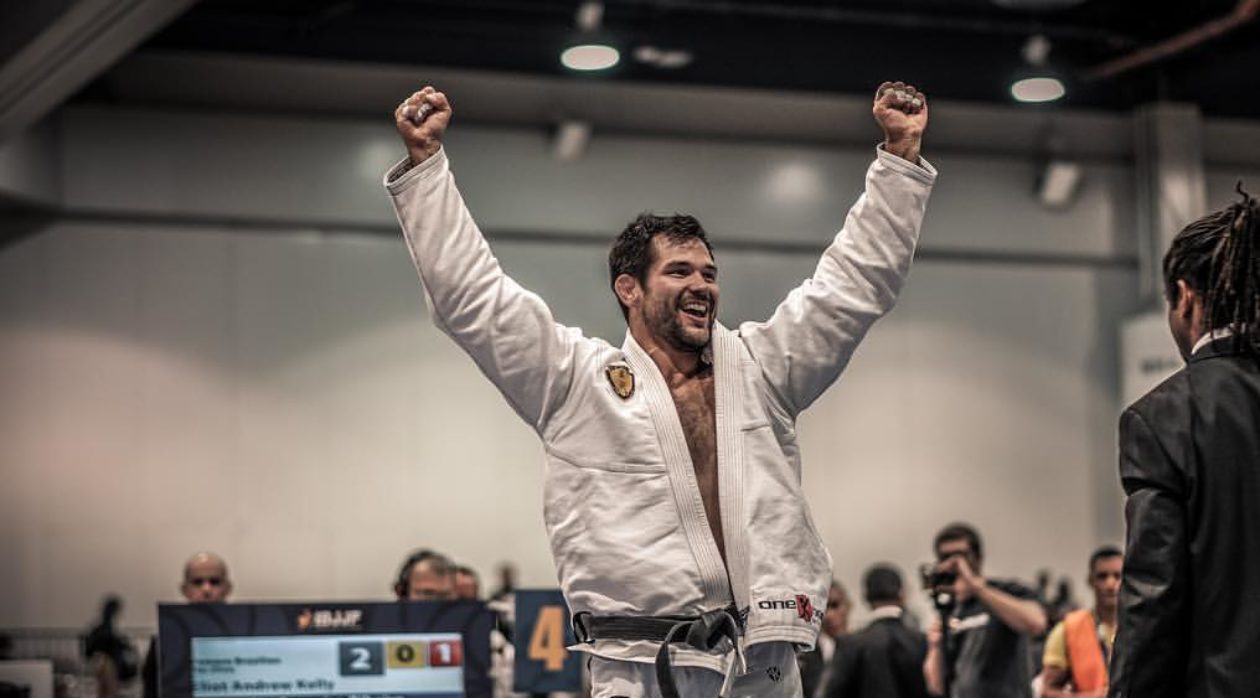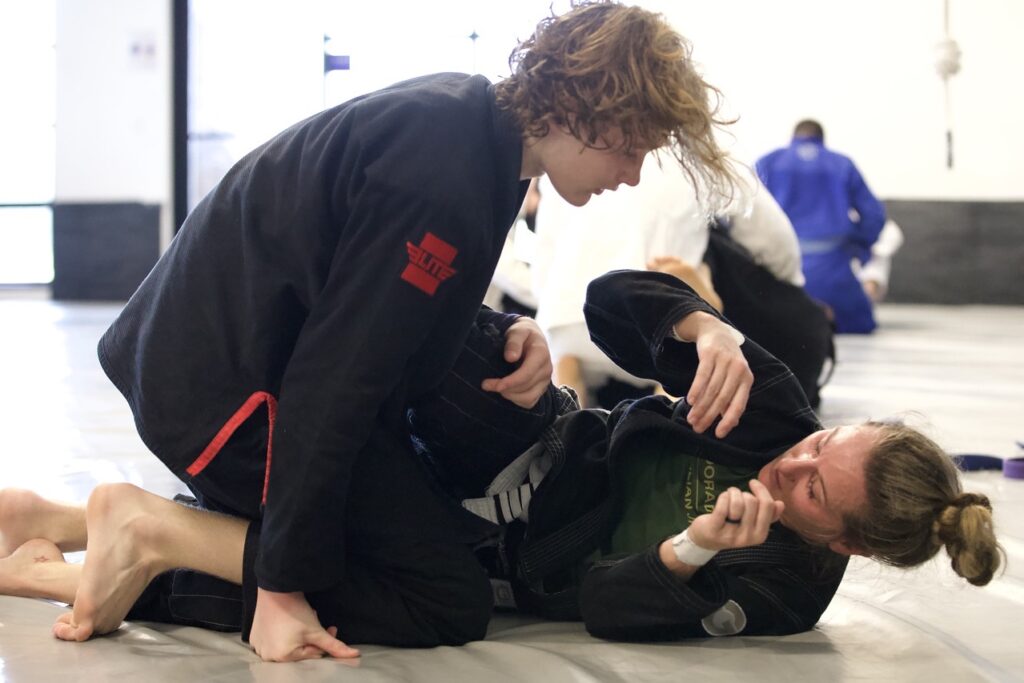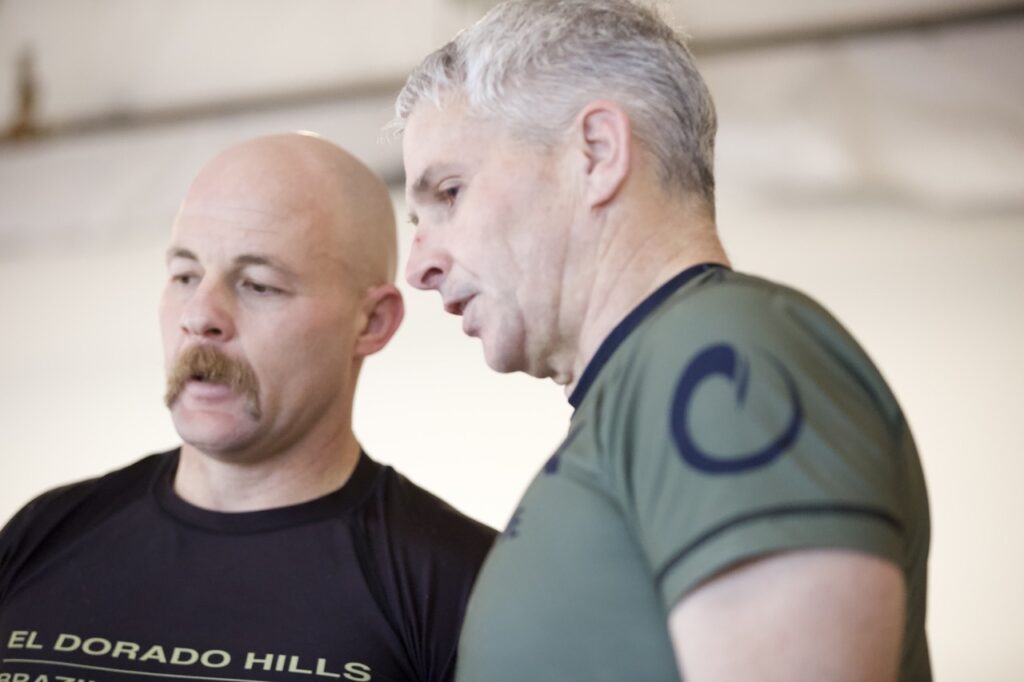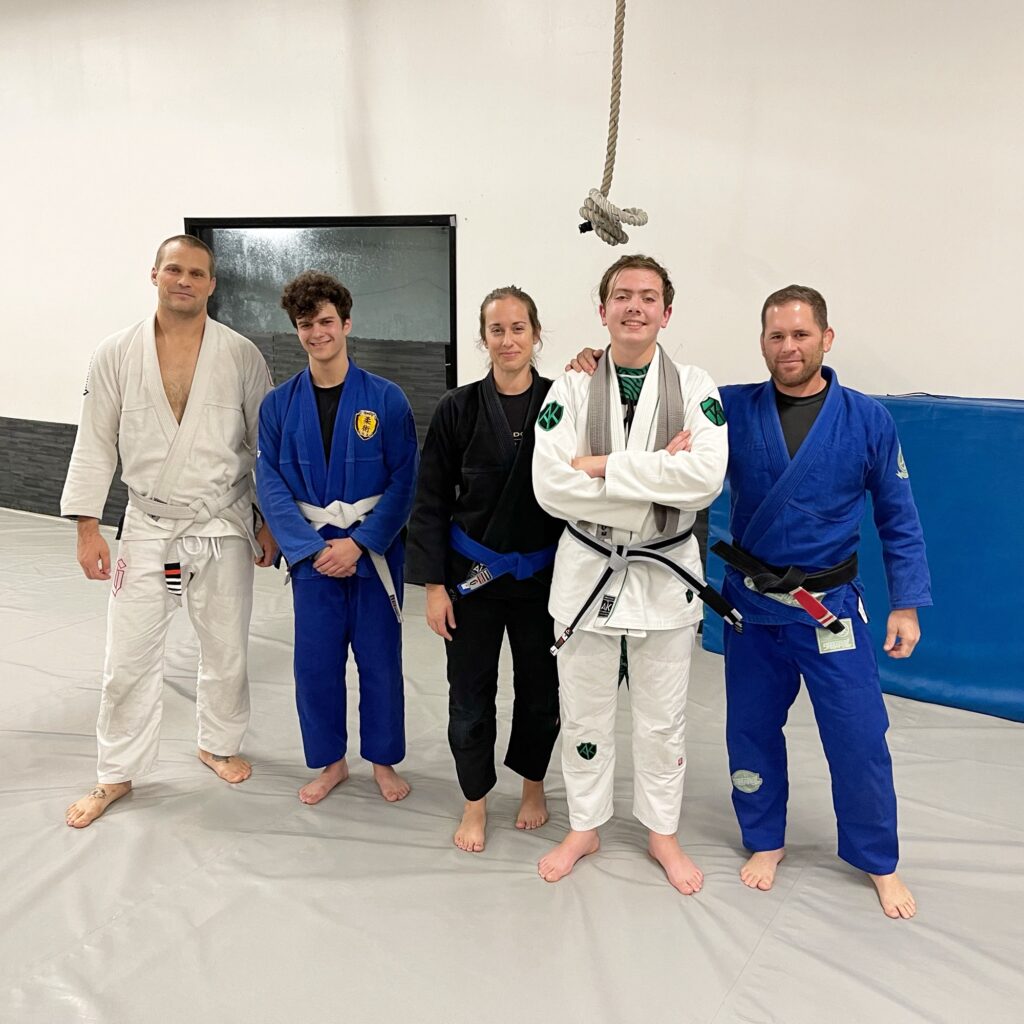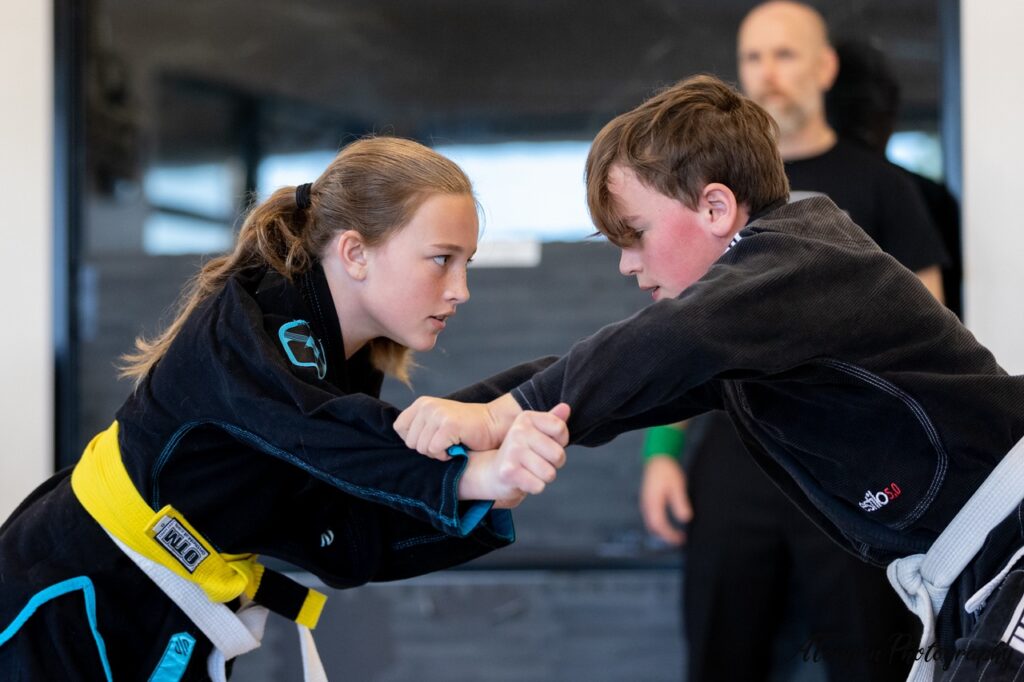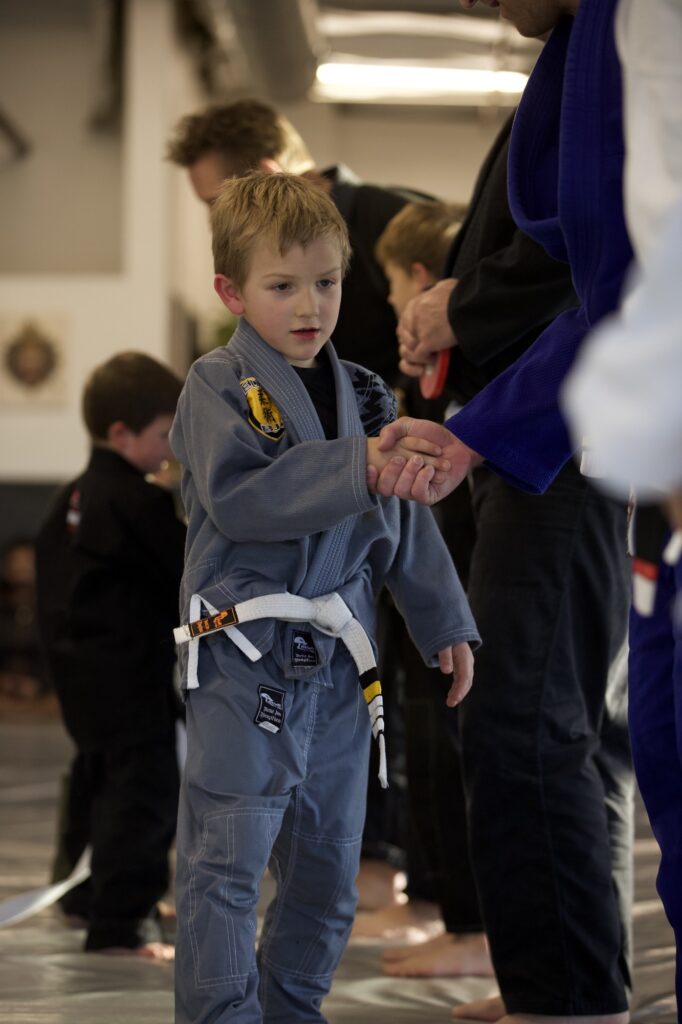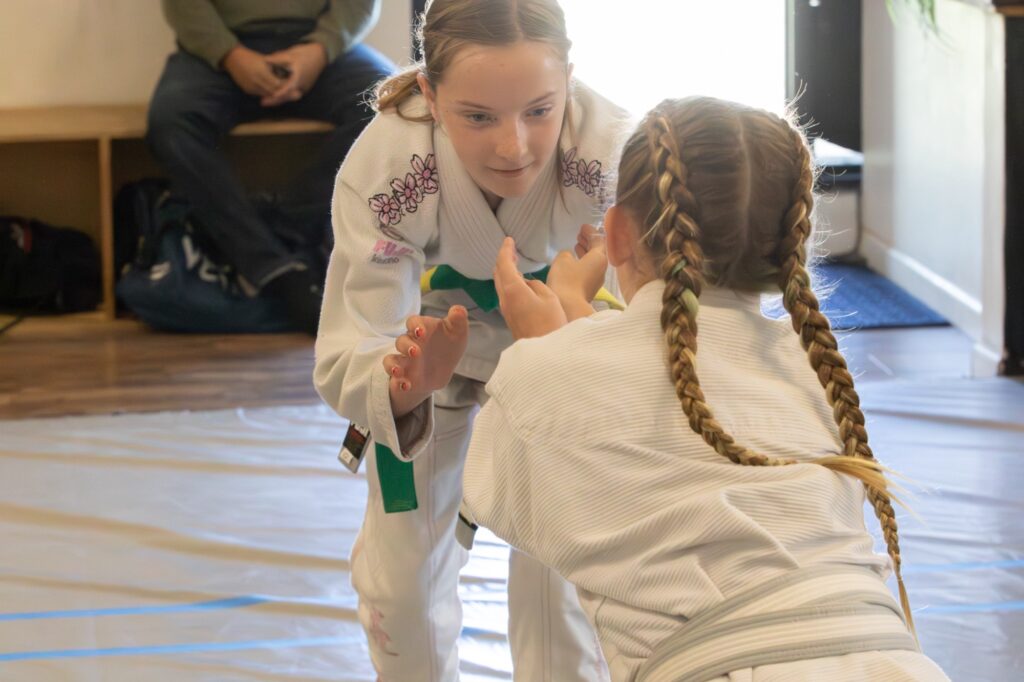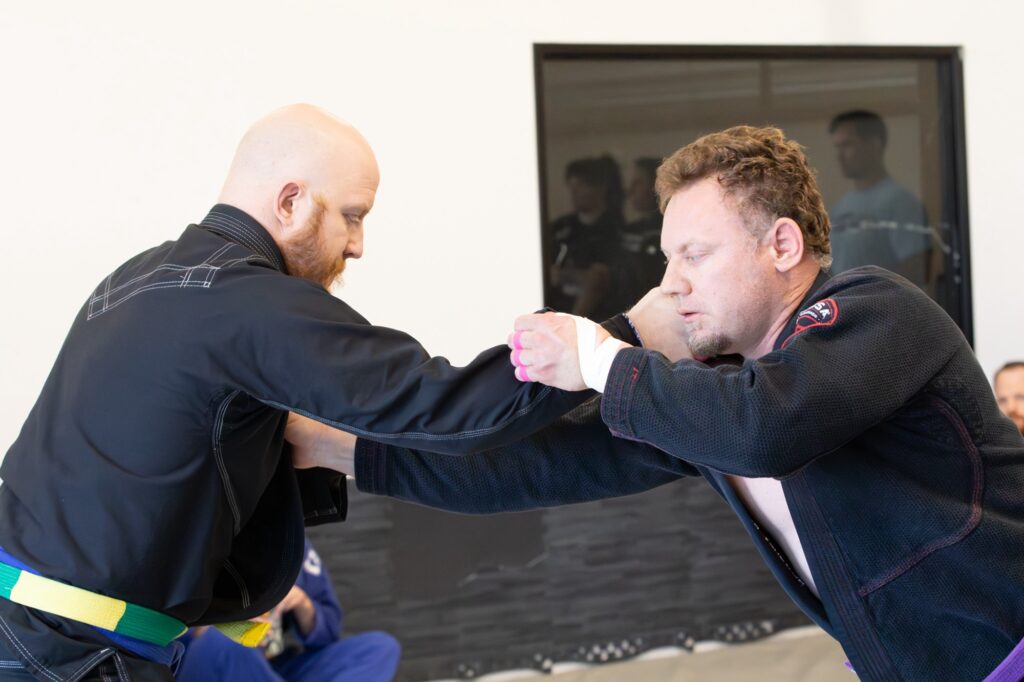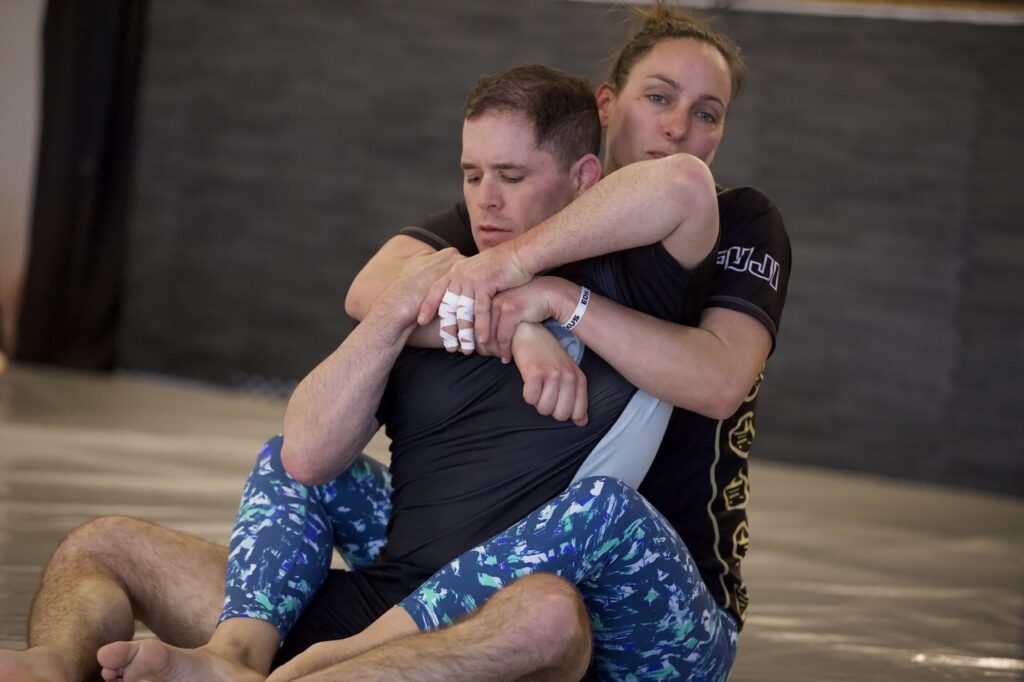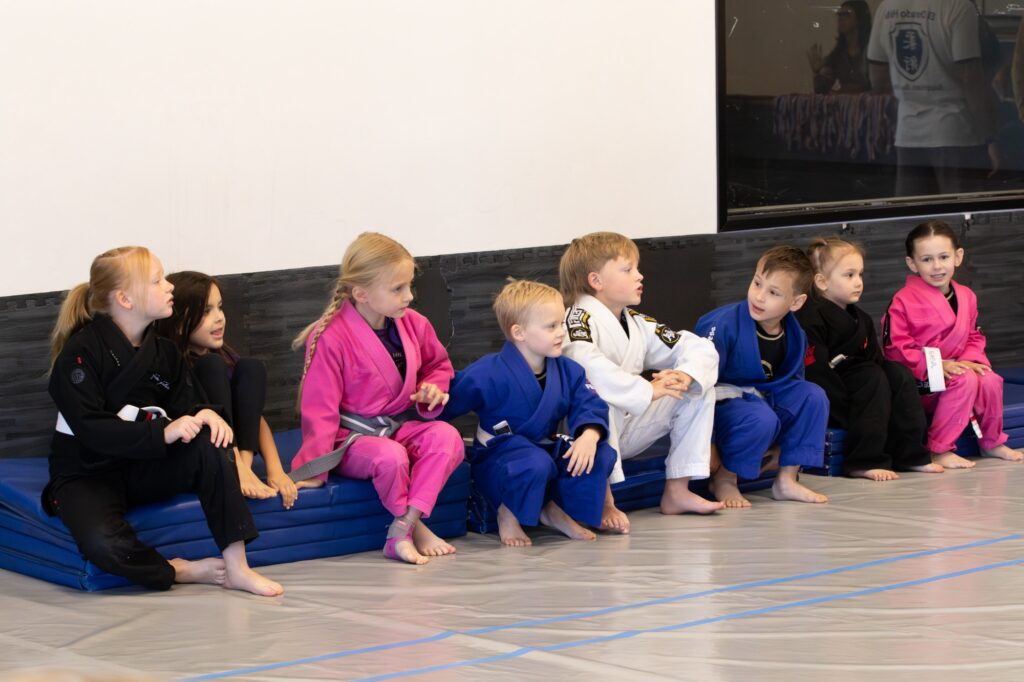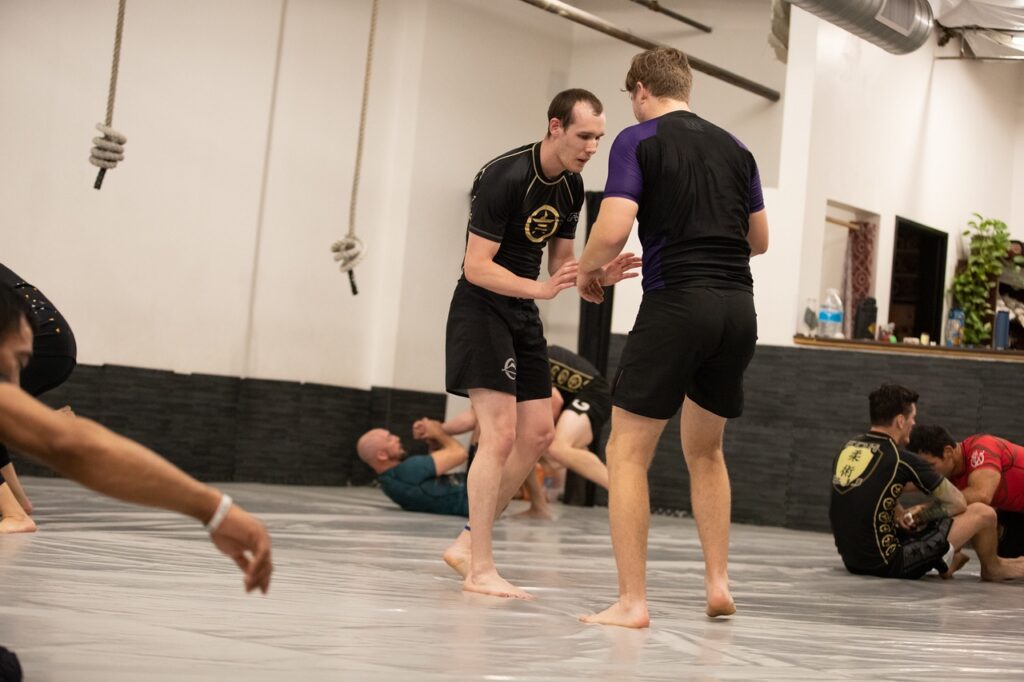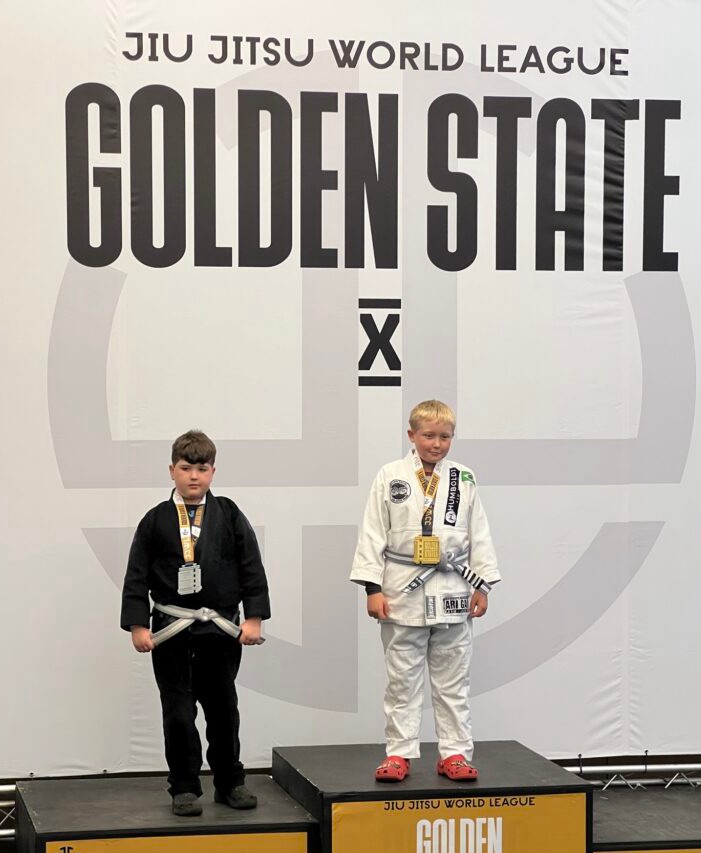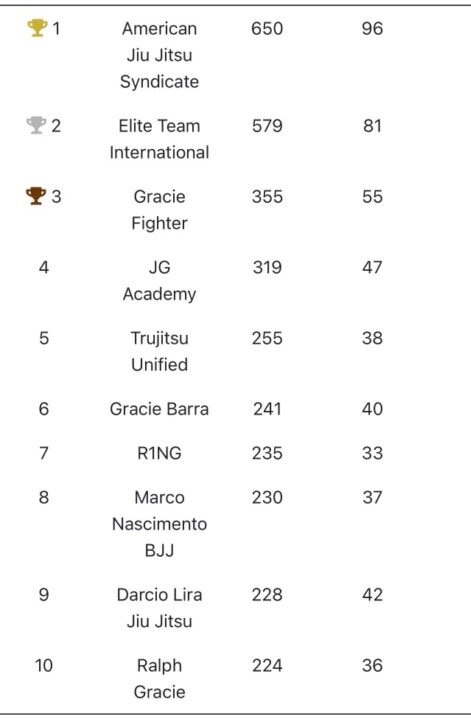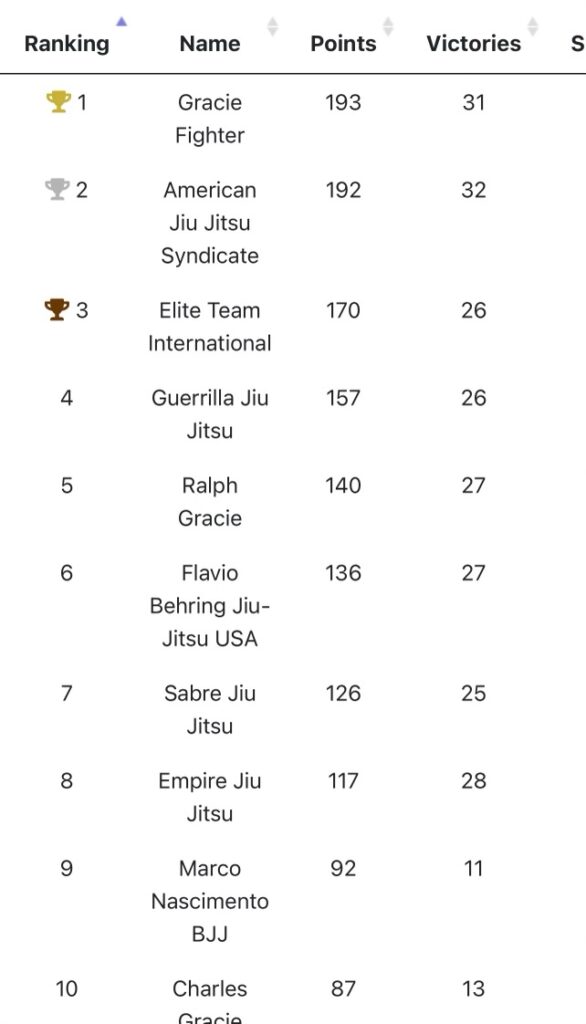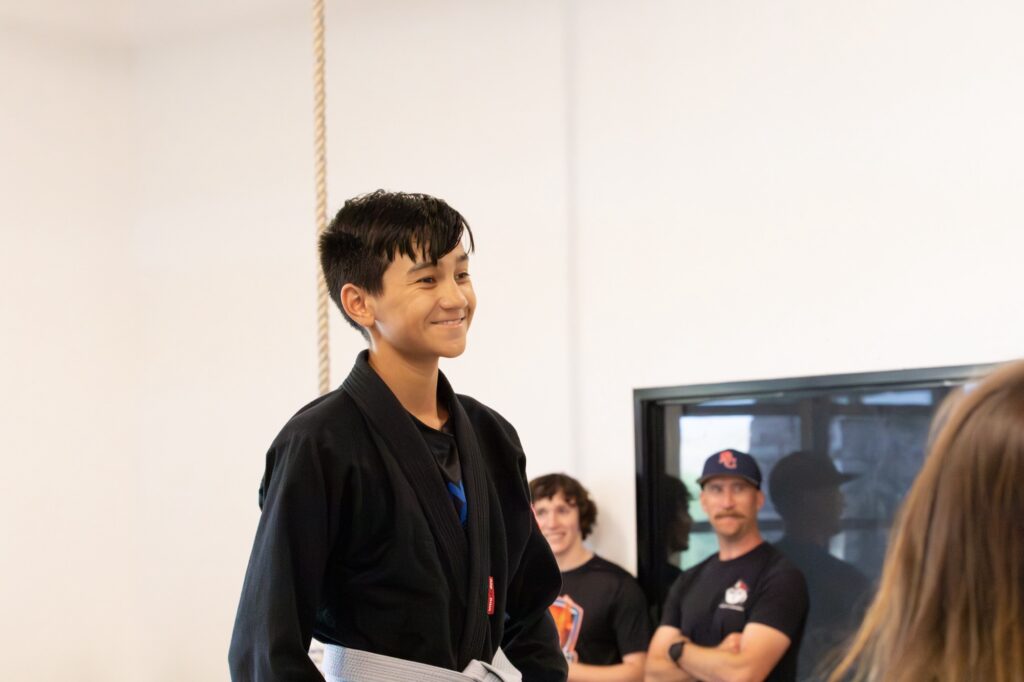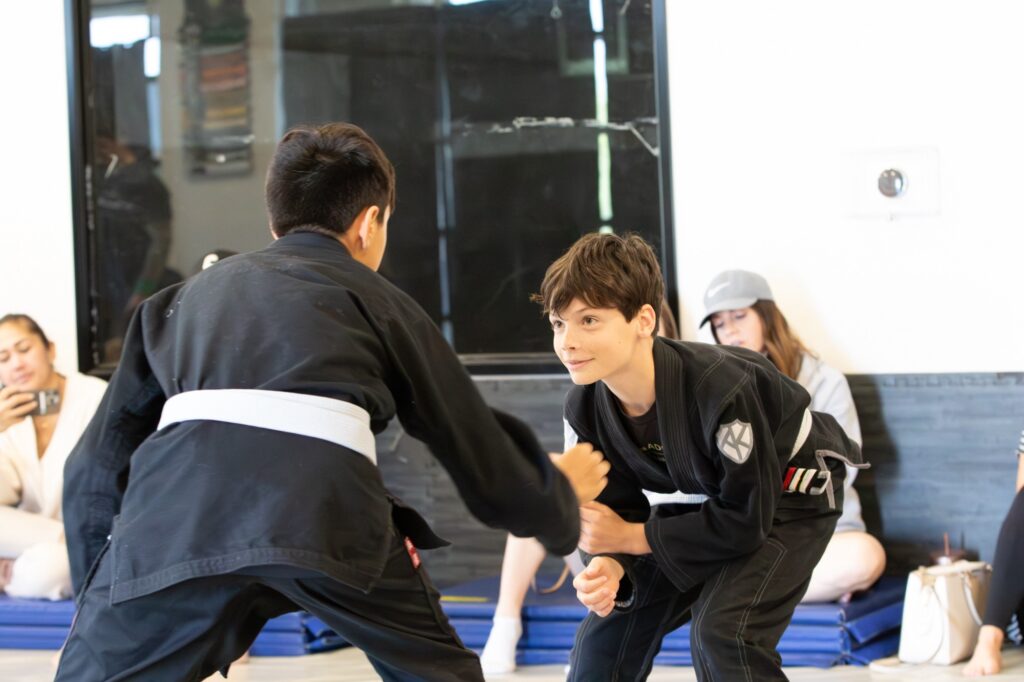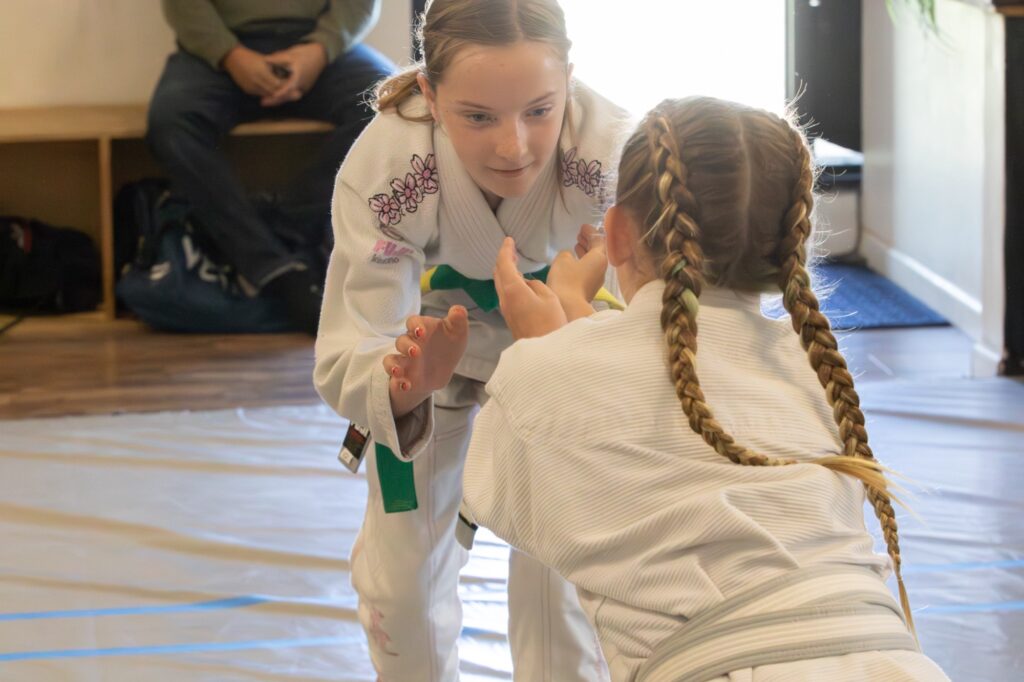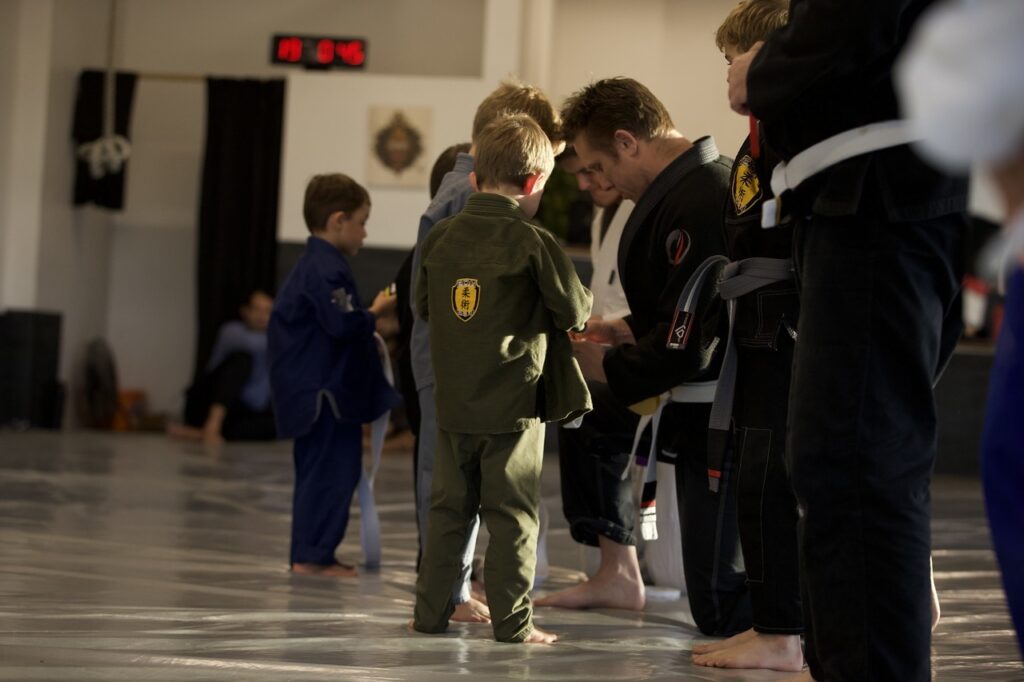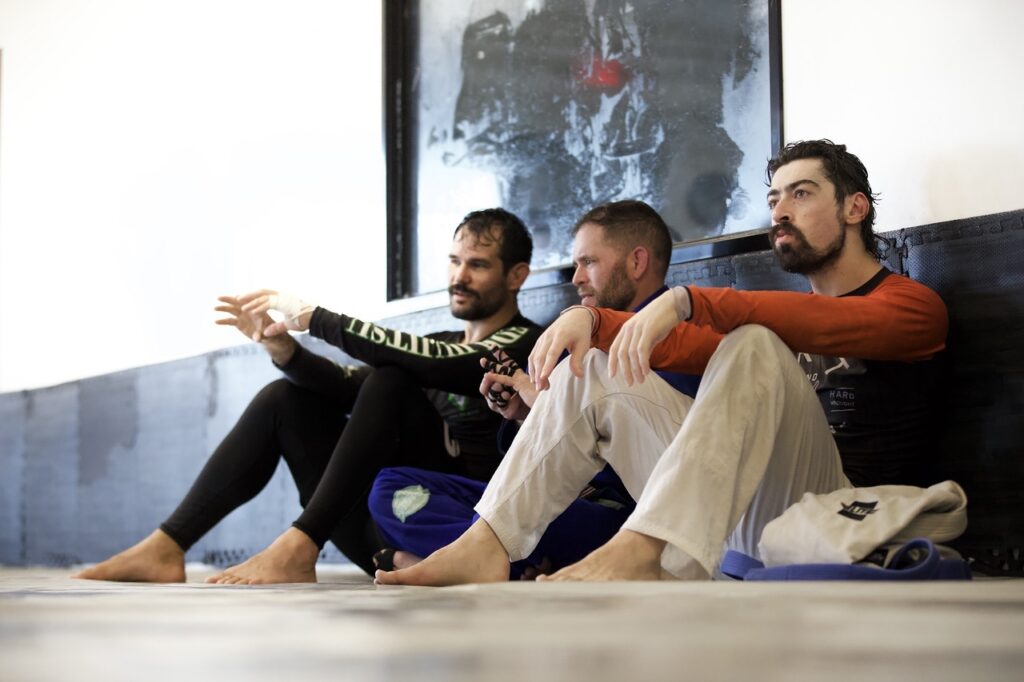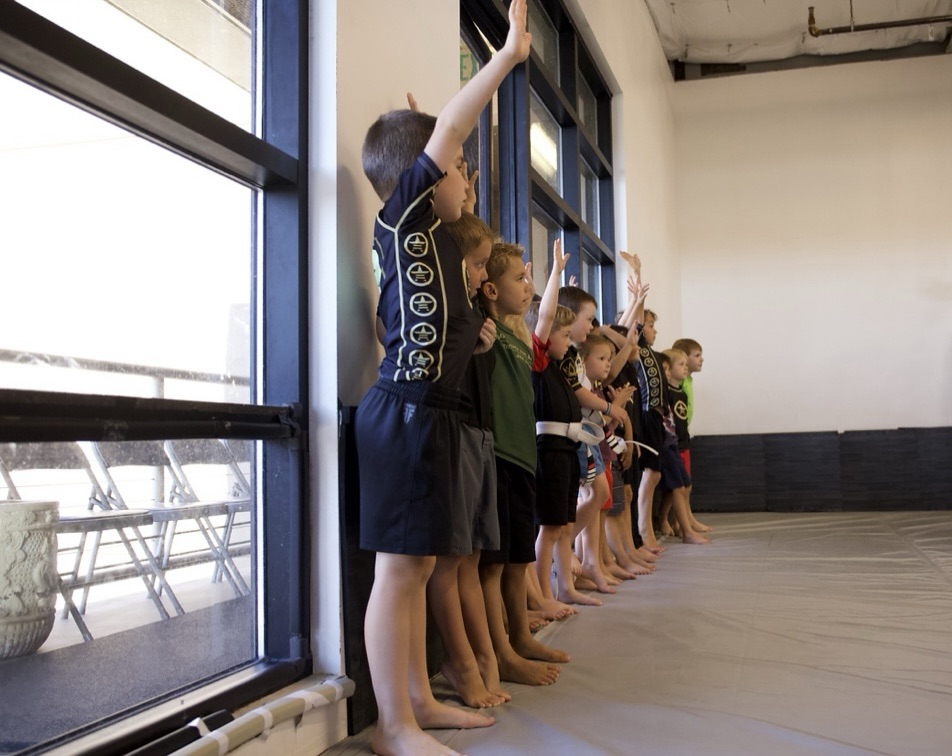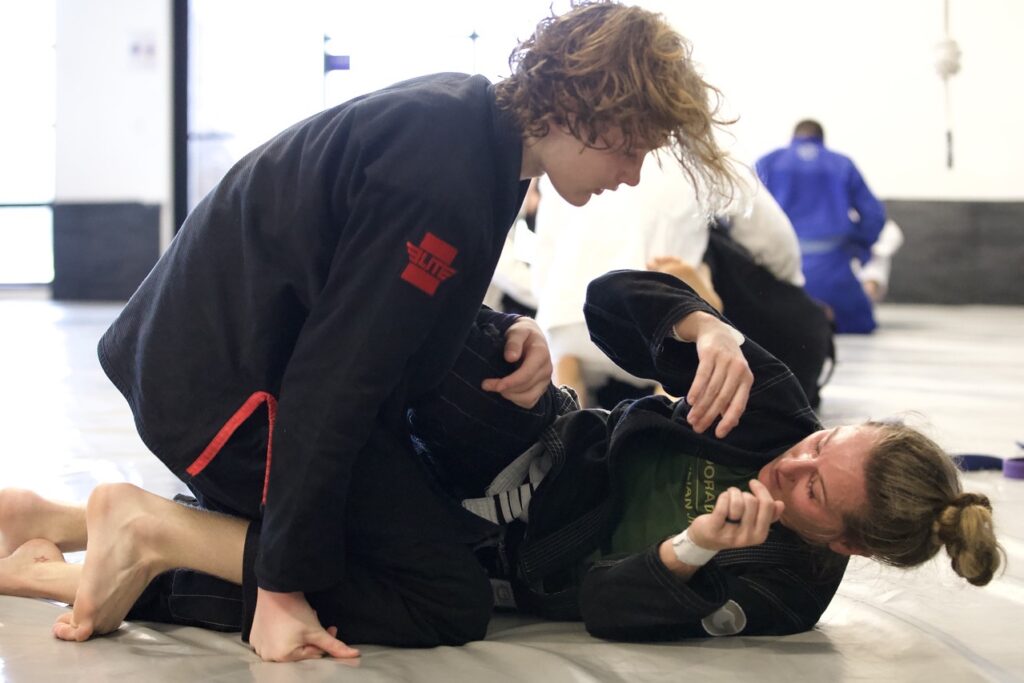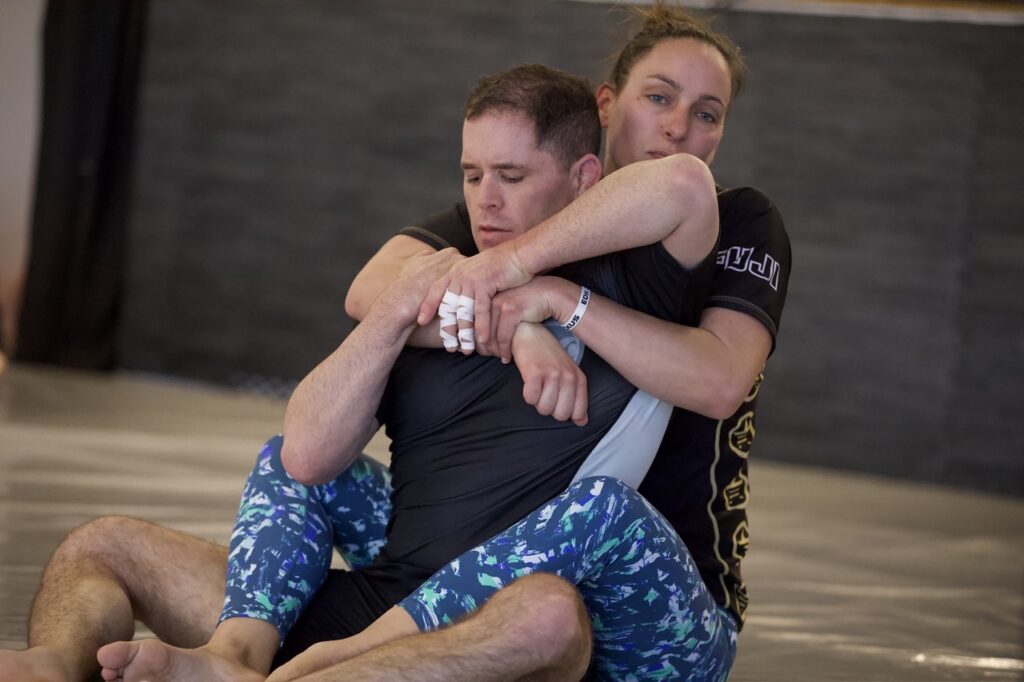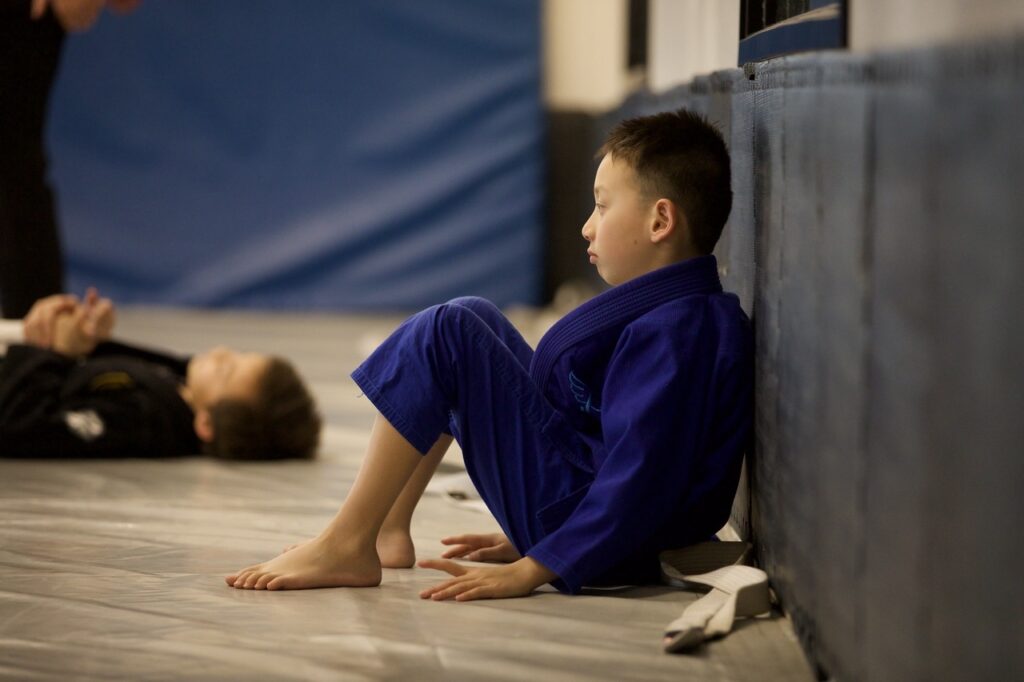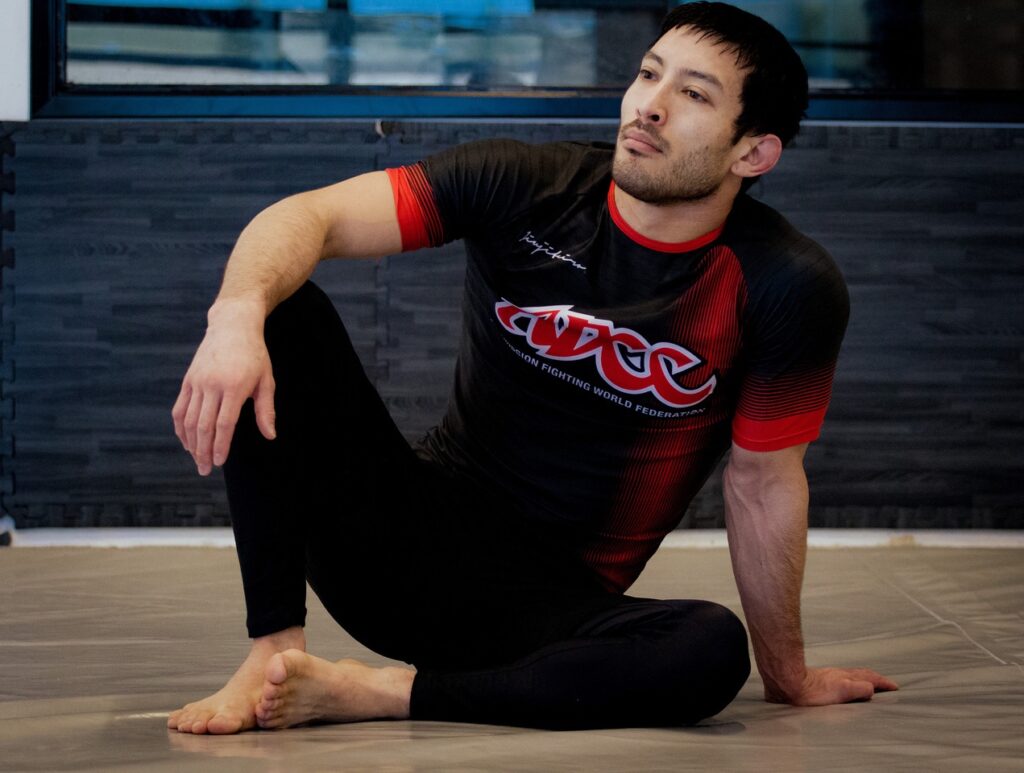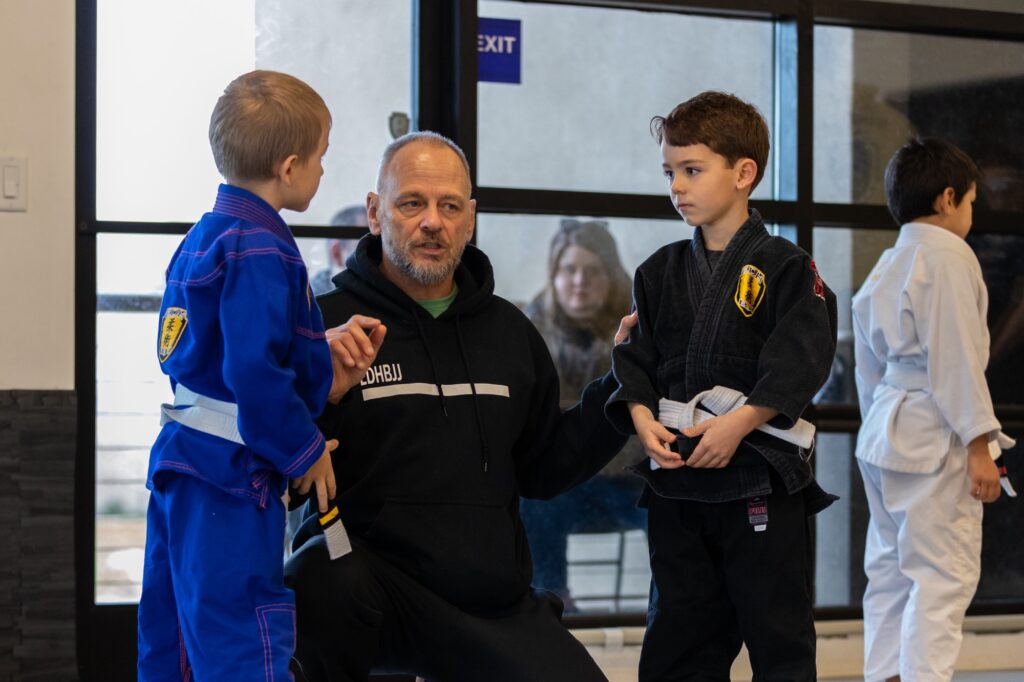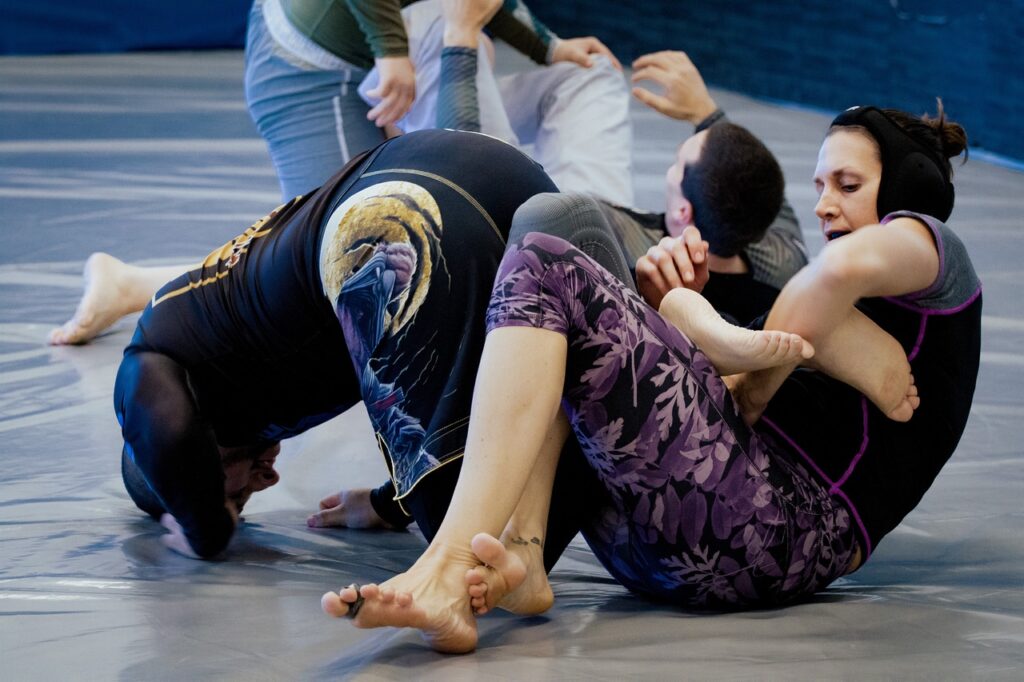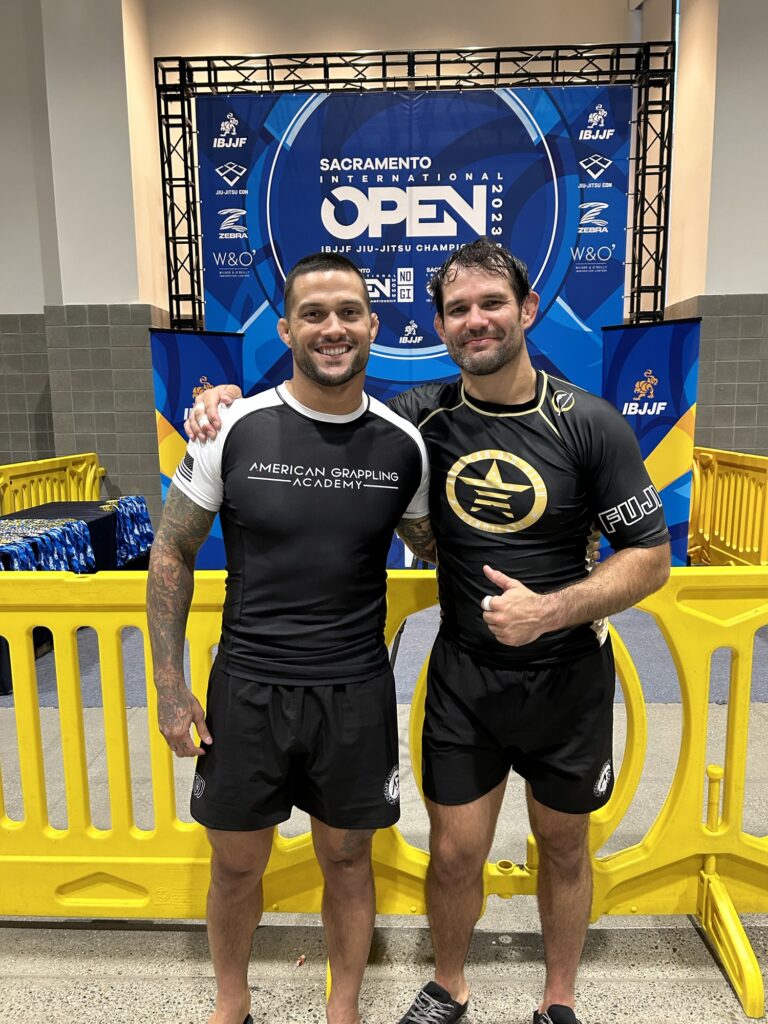At El Dorado Hills Jiu Jitsu, we believe that the practice of martial arts extends far beyond the physical techniques. It’s about fostering a collaborative learning environment where students not only improve their skills but also develop essential life values. Our goal is to teach respect, discipline, and proper conduct both on and off the mat, creating a holistic training experience for every member of our community.
The Power of Collaborative Learning
Collaborative learning is at the heart of our training philosophy. In our dojo, students work together, supporting and challenging each other to grow. This approach mirrors real-life situations where teamwork and mutual respect are key to success. By training together, students learn to trust and rely on one another, forging strong bonds that extend beyond the mat.
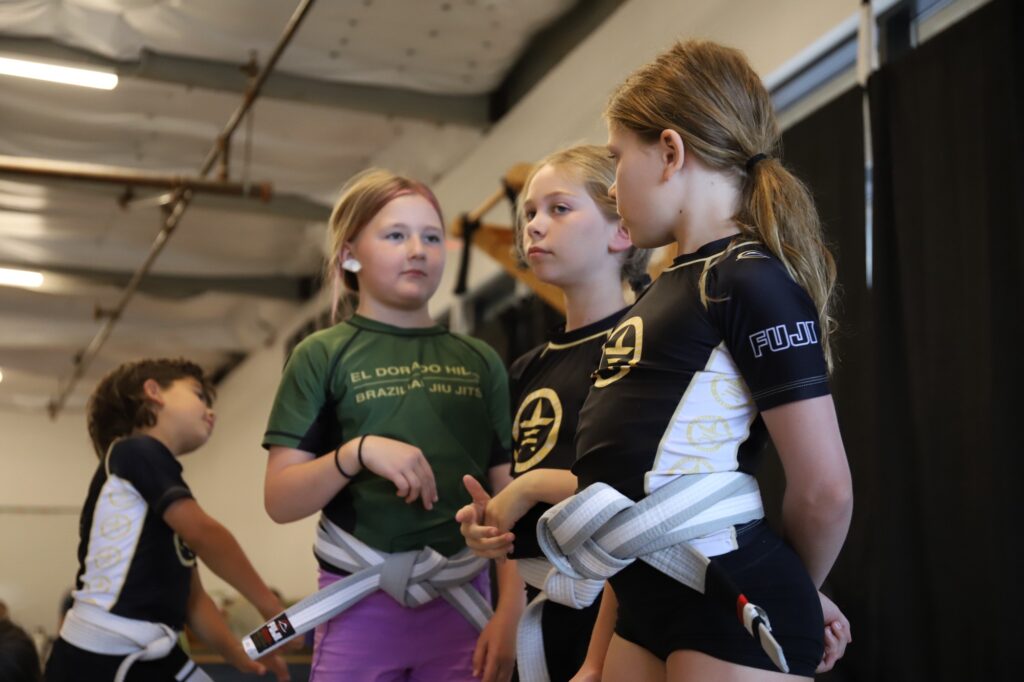
Through collaborative learning, our students:
- Develop Mutual Respect: Working with different partners helps students understand and appreciate diverse perspectives and abilities. This mutual respect fosters a positive and inclusive training environment.
- Enhance Communication Skills: Effective communication is crucial in Jiu Jitsu. Students learn to convey their thoughts clearly, listen actively, and provide constructive feedback, which are invaluable skills both in and out of the dojo.
- Build Confidence: Training in a supportive group setting encourages students to push their limits and take on new challenges. As they see their progress and receive encouragement from peers, their confidence grows.
- Learn Accountability: Collaborative training emphasizes accountability. Students learn that their actions impact their training partners, teaching them to take responsibility and act with integrity.
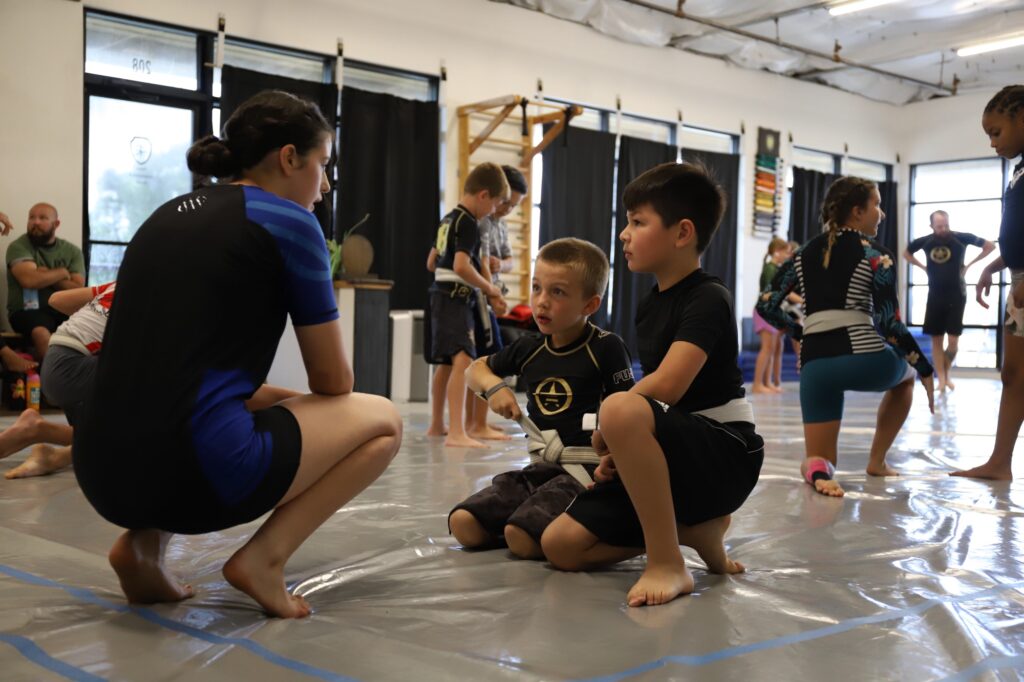
Teaching Respect, Discipline, and Proper Conduct
Respect, discipline, and proper conduct are fundamental values in martial arts, and we strive to instill these in every student.
- Respect: Respect for instructors, peers, and oneself is paramount. We teach students to show respect through their actions—whether it’s bowing when entering the mat, listening attentively during instructions, or supporting a training partner.
- Discipline: Martial arts training requires discipline, both mental and physical. Students learn the importance of consistent practice, focus, and perseverance. This discipline translates into other areas of life, helping them achieve their personal and academic goals.
- Proper Conduct: Proper conduct is about behaving with integrity and honor. We emphasize the importance of sportsmanship, humility, and kindness. Students learn that true strength lies in character, not just physical prowess.
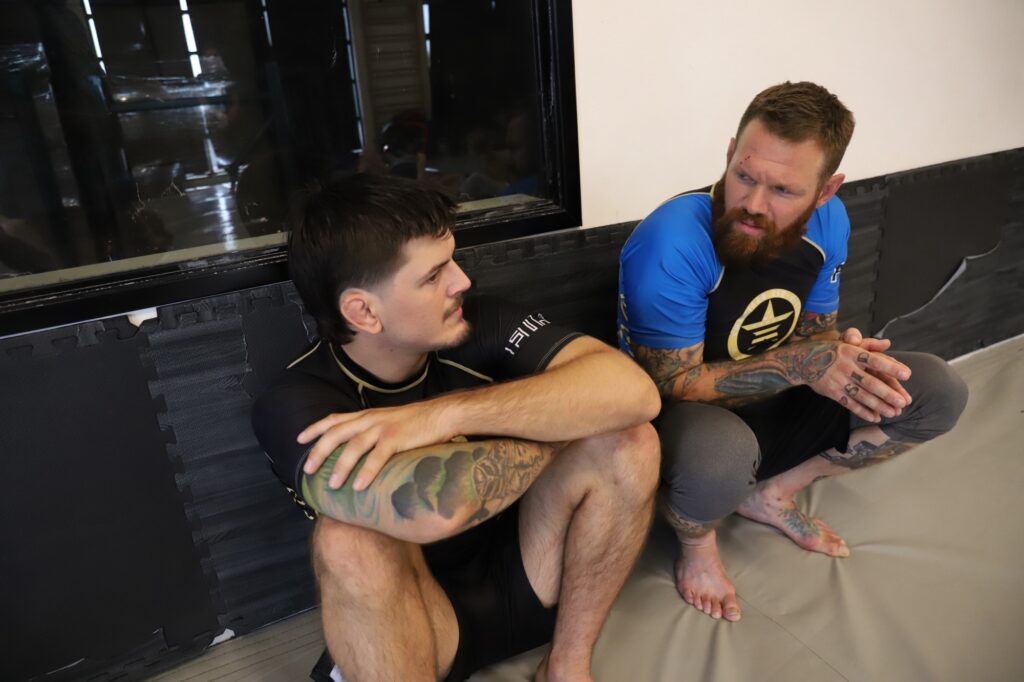
Creating a Safe and Positive Environment
To ensure a safe and positive environment, we have clear guidelines and expectations for behavior. Coaches are vigilant in monitoring interactions and are quick to address any issues that arise. When conflicts occur, we see them as teaching opportunities, guiding students to resolve them constructively and learn from the experience.

Join Our Community
At El Dorado Hills Jiu Jitsu, we are more than just a martial arts school—we are a community dedicated to personal growth and mutual support. Whether you’re looking to enhance your physical fitness, build confidence, or instill valuable life skills in your child, our collaborative learning environment offers something for everyone.
We invite you to join us on this journey. Together, we can achieve excellence both on and off the mat, embodying the values of respect, discipline, and proper conduct.
We look forward to training with you and helping you reach your full potential. See you on the mat!
